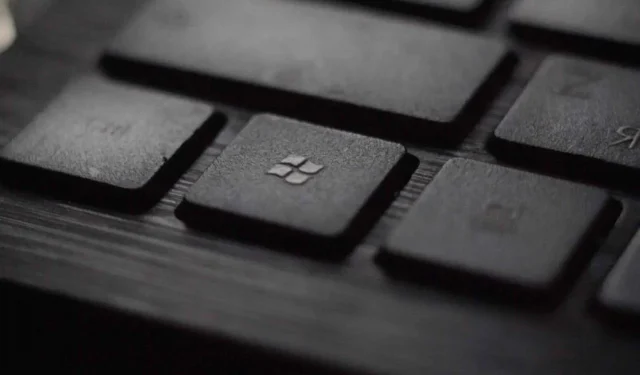7 Ways to Take Screenshots in Windows 10 and Windows 11

On Windows, there are several ways to take a screenshot. Here they are listed below. It is up to you to choose what suits you best.
Whether you’ve upgraded to Windows 11 or decided to stay on Windows 10 for a while, it’s easy to take a screenshot of all or part of your screen. Whether you’re tracking an online order or a beautiful in-game scene, Windows 10 and Windows 11 offer the same built-in tools (Snip & Sketch and Snipping) as well as multiple hotkeys to take a picture in an instant.
In this article, we’ll go over the different ways to take screenshots so you can decide which one works best for you.
Fragment and sketch
The Snip & Sketch tool is easier to access, share or annotate screenshots than the old Snipping tool. And now it allows you to take a screenshot of the window on the desktop, which was not enough for the application at startup.
The easiest way to open Snip & Sketch is with the keyboard shortcut Windows + Shift + S. The Snip & Sketch tool can also be found in the application list using the Start button, as well as in the notification panel under Screen Snip. Reference. Or you can find it if you no longer have the keyboard shortcut in memory. (If you often take screenshots, you can pin them to the taskbar.)
Whether it’s through a keyboard shortcut or a notification button, this will dim your screen’s brightness and open up a small menu at the top of the screen so you can choose the type of capture you want to capture: rectangular, without any particular shape, window, or full screen. Once captured, it is saved to your clipboard and appears momentarily as a notification in the bottom right corner of the screen. Click it to open the snip in the Snip & Sketch app for commenting, saving and/or sharing. (If you haven’t seen the notification, open the notifications panel and you’ll see it.)
If you open Snip & Sketch from the start menu or by searching, it will open the Snip & Sketch window rather than the small bar at the top of the screen. From there, click the New button in the top left corner to make a new capture and open a small panel. An additional step, but which also allows you to add a delay if needed. Click the down arrow next to the Create button to add a 3 to 10 second delay.
Scissors
The Snipping Tool has been around since Windows Vista. Windows has been warning users for several years that the Snipping Tool is disappearing, but it still exists, including on Windows 11. The Snipping Tool no longer appears in the list of applications on the Start menu, but is still available through search. bar.
Click the “Create”button to start the capture process. By default, this is a rectangular slice, but you can make slices without a predefined shape, in full screen mode, or in a window only.
The Snipping tool doesn’t automatically save your snaps, you’ll have to do it manually before closing the app, but they go straight to your clipboard.
Screenshot
To capture the entire screen, press the Print Screen key (sometimes PrtScn). Your capture will not be saved to a file, but simply copied to the clipboard. You will need to open some editing tool (such as Microsoft Pain), paste the contents of the clipboard, and save the file from there.
You can also customize the behavior of the PrtScn button to open the Snip and Sketch tool by going to Settings > Ease of Access > Keyboard and enabling the Use PrtScn Button button to open a screenshot in the Print Screen Shortcut section.
Windows key + print screen
To take a screenshot of the entire screen and automatically save the file, tap Windows Touch + Print Screen. Your screen will dim briefly to let you know the capture is complete and the file will be in your Pictures > Screenshots folder.
Alt+printscreen
To take a quick screenshot of the active window, use the keyboard shortcut Alt + PrtScn. This will save the active window and copy the snapshot to the clipboard. You will then need to open an image editing application to save it.
Game panel
You can use the Game Bar to take a screenshot whether you are playing a game or not. Press Windows key + G to open Game bar. From there, click the screenshot button on the panel, or use the default Windows keyboard shortcut + Alt + PrtScn to take the full screen. To set your own Game Bar screenshot shortcut, go to Settings > Games > Game Bar. Also make sure Game bar is enabled for this feature by turning on recording clips, screenshots, and broadcasts through Game bar.
Windows logo + volume down key
If you have a Microsoft Surface device, you can use the “physical”buttons to take a screenshot of the entire screen, just like you would on a regular smartphone or tablet. To do this, press and hold the Windows logo touch button at the bottom of the Surface screen and press the volume down button on the side. The screen brightness will dim briefly and the screenshot will be saved in the Pictures > Screenshots folder.
Leave a Reply